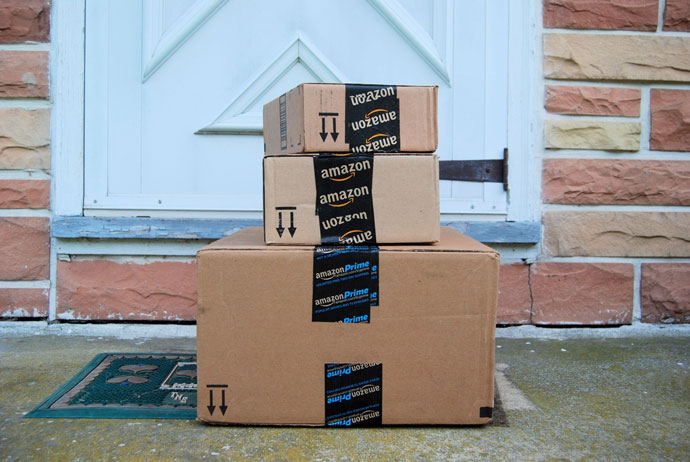Amazon Prime Is The Company’s Only Argument For High Valuation
Amazon.com Inc. (NASDAQ:AMZN) has never been a good bet for those looking for reliable earnings. The firm’s financials have suffered from an aggressive pricing and marketing campaign that has gone on for years, and may continue through the rest of the decade. The ultimate goal appears to be the creation of a subscriber model which locks customers into the Amazon ecosystem. Amazon Prime seems to be one of the most important parts of the business, and it may be most important for investors trying to value the company.
Those who are members of the Amazon network are much more interested in using the company’s services than those who just visit the website. A recent article from QZ.com, demonstrated this point and prophesied that the company is building an extremely strong moat with Amazon Prime, and one that may result in outsized profits once the company’s subscriber base has been established.
Prime Moat Still Dry At Amazon
A moat is some factor that protects a company from direct competition. For a company like Coca-Cola (NYSE:KO) it’s a brand, for Amazon it may be Prime. A strong protection from competition allows a company to maintain higher margins without opening itself up to competitive attack. Amazon Prime, as demonstrated by the company’s lack of a solid margin, is not doing that job for the Seattle based retail company. The firm is valued at 563 times 2013 earnings today.
The problem with the Amazon moat is that its growth is not that predictable. The company managed to grow paying subscribers to 22 million in 2013, but it’s not clear that those subscribers will stick around if they can get the same products for cheaper elsewhere. The use of Prime as a moat doesn’t work right now, and there’s little evidence to suggest it will work into the future.
Marketing Means More At Amazon
Amazon.com spends a huge amount of money on marketing, but very little of it is recorded as such in the company’s accounts. The firm spends billions, and makes little to no profit in its hardware division. As far as analysts can tell, the company’s Kindle e-readers and tablets are sold at zero margin. The company’s Fire Phone is priced at $650, meaning the firm may actually make a profit off of each device sold, but the advanced technologies used in the device may eat up more of that margin than expected.
In its Kindle business, Amazon has been doing little more than advancing an age old marketing technique. Cheap bits of plastic: pens, folders, key rings and the like, are given out to potential customers, reinforcing the brand incrementally. The practice is more effective at Amazon, because the company’s pieces of plastic are a little more attention grabbing than a four-colored pen. This doesn’t change the fact that the Kindle range is an advertisement for Amazon Prime, and the company’s offerings as a whole.
Amazon’s real moat is in its pricing and advertising spending, which includes its entire hardware division. Neither of those gives the company the opportunity for outsized profit any time soon, but it is possible that Amazon Prime could be built out into a real differentiator at the company. Given the company’s apparent plans for Prime, including a fleet of delivery drones, that likely isn’t going to make the firm incredibly profitable any time soon.
Disclosure: Author represents that he has no position in any stocks mentioned in this article at the time this article was submitted.










































